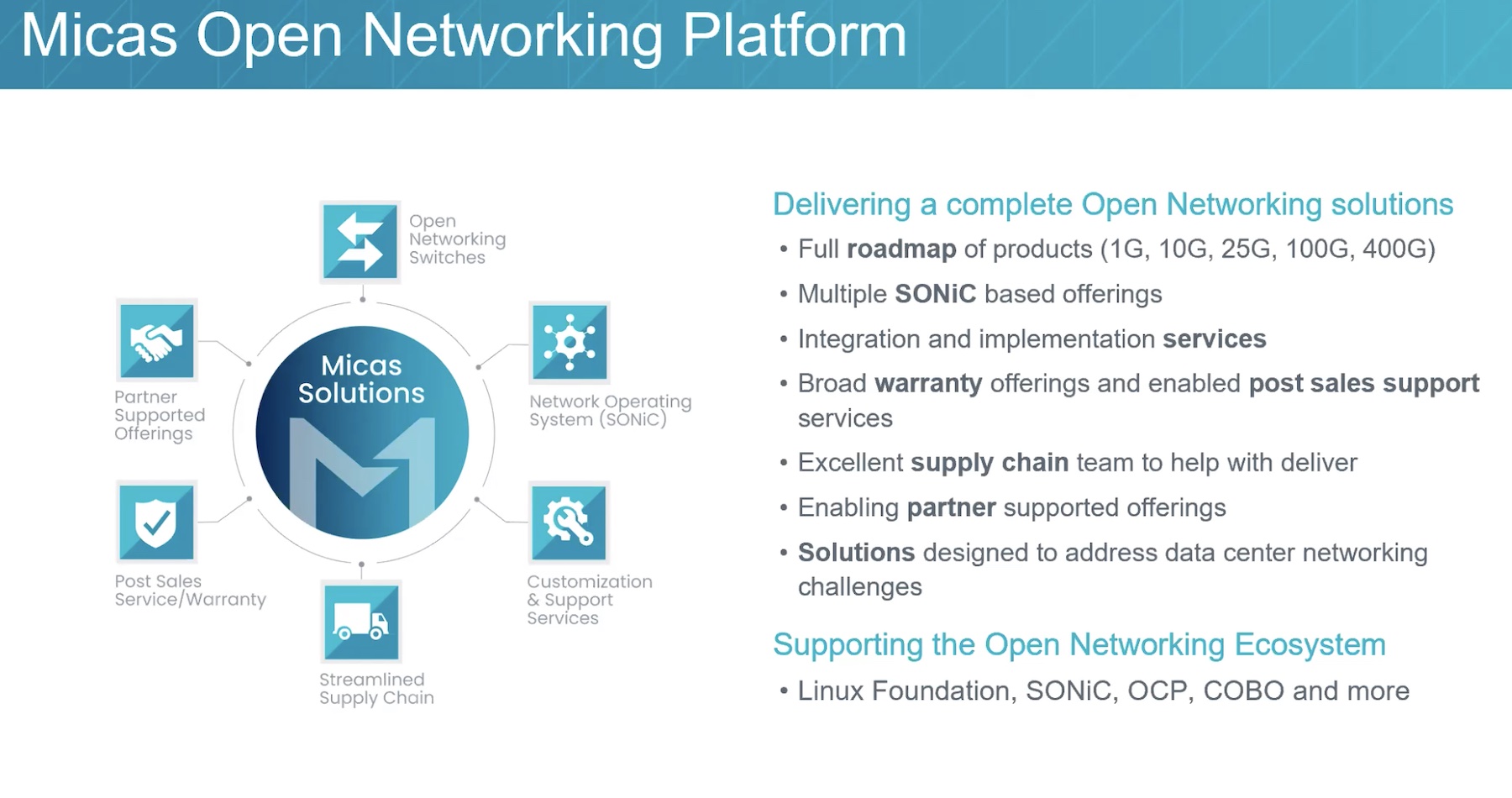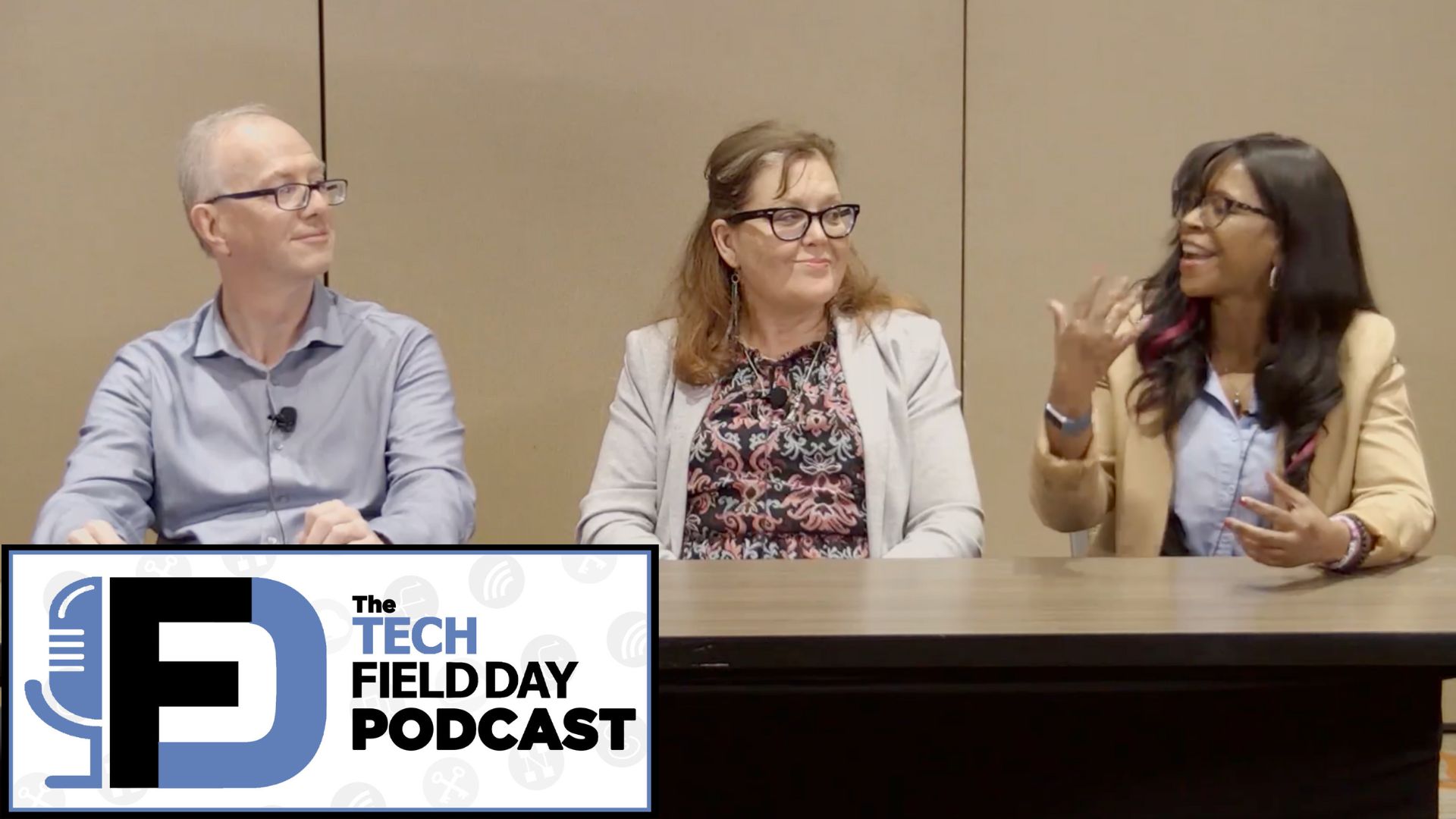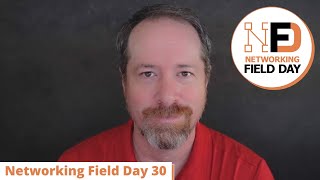The already immeasurably long list of three and four letter acronyms has grown a little larger over the past few years as the networking community is debating what the next generation of network architectures is going to look like. Terms like software defined networking (SDN) and network function virtualization (NFV) have become ubiquitous on network engineering publications and blogs across the internet. At the heart of the exploration of these next generation networks is the concept of open networking. What is open networking exactly? That is a very good question and one that a lot of people are having a hard time defining. Like most evolutions in technology, it takes a while for the definition of new terms to transition from ambiguous concepts into succinct definitions and this one is no different.
ONUG (Open Networking Users Group) is an organization of users and vendors alike who are working on solutions centered around, you guessed it, open networking. One would think that a collective of people who are contributing to tomorrow’s open systems would have a firm understanding of what exactly open networking would include but it turns out that may not be the case. After the ONUG conference this spring, I heard several comments from attendees that were surprised to see the open-source SDN controller OpenDaylight receive very little attention, yet a lot of attention was placed on more “closed” or proprietary SDN solutions. The problem, at least as it appears to me, lies in the fact that openness can be defined in a number of disparate ways. The varying definitions of open networking allow vendors to pick and choose components of openness, make claims to being an open networking product, and yet have a significant portion (if not all) of their products remain proprietary.
In an effort to better understand array of open networking products a little more myself, I have taken a stab at identifying the different definitions of openness currently in play within this community. By no means is this list conclusive or exhaustive. Rather it is one person’s attempt at trying to break down the definition of a word that causing some confusion in our industry.
Open: Interoperable. This is the traditional definition of open in our current generation of networks. To remain interoperable and avoid vendor lock in, standards based technologies are preferred to the use of proprietary technologies. We see this decision regularly in configuration of today’s devices and this probably isn’t a new concept to anyone designing current generation networks. A positive movement in the open networking and SDN development communities is a near universal adoption of open communication protocols. It does make sense considering that SDN controllers of all types will need to integrate 3rd party solutions into their network flows, but that doesn’t mean that all open networking products are free from proprietary lock in. Some SD-WAN vendors build their solutions on proprietary hardware forcing you to use their solutions on your WAN edge and it wouldn’t be surprising to see datacenter products offer more feature rich capabilities to network appliances carrying the same brand label of the controllers that run the network. Generally speaking, things are moving in a positive direction with this particular definition of openness, but it is something to be considered when looking at open networking platforms.
Open: Disaggregated. This is the goal of extricating the relationship of hardware products and the network operating systems that run on them. Traditionally network vendors have manufactured the hardware components of their devices as well as developed the operating systems that control them. This model has worked alright for the most part but ultimately it locks networking equipment consumers into a vendor relationship unless they are willing to rip out and replace their equipment with a competing device. This is great for network equipment manufacturers, but not so great for consumers and competition.
White box switching, and more specifically commodity ASIC hardware like the Broadcom Trident chipset, is leading the way to disaggregating software from hardware and ultimately giving users more choice as to which network operating systems they run on their network. A whole spectrum of potential network operating systems are being developed and range from vendors who don’t have any hardware products at all, to traditional hardware vendors who are opening up the use of their operating systems on to competing hardware platforms.
Two additional key trends that tie in to the disaggregation component of open networking are network function virtualization (NFV) and overlay networks. NFV is simply defined (possibly overly so) as the utilization of x86 server platforms for networking related appliances. Traditionally, x86 processors didn’t have the ability to keep up with the custom built ASICS built into networking gear. The application of Moore’s law has meant that x86 performance has increased to the point where these processors can now be used for moderate network workloads. For example, SD-WAN vendor CloudGenix is utilizing generic x86 hardware for their WAN edge appliances and VMware is utilizing x86 components in their NSX SDN product. NSX is also a good example of the implementation of overlay networks, which take a wholly different approach to the disaggregation of network hardware and software. Overlay networks essentially bypass the underlying network by encapsulating/tunneling traffic between endpoints. While the traditional hardware/software stack on the underlay network still exists, it is only responsible for node to node communication and plays a much smaller role in path selection. Higher level routing and flow based decision making are managed by the overlay provider.
Open: Programmable. Programmable networks are networks which can be managed through scripting languages, and more specifically, APIs. APIs open up management of traditional networking equipment to any programming language or application that has the capacity to use them. This method of management creates the possibility of dynamic configuration of network devices in reaction to changing network states.
Automation of the networking environment is at the core of what is going to allow the network to be elastic enough to keep up with the cloud based deployments they support and is the baseline ability of what powers SDN. Most SDN solutions take automation one step further by adding a controller component to the network. The controller has full visibility into the current state of the network and is capable of routing the flow of information between devices through the use of automated and coordinated manipulation of the network. Controller based networks also pave the way for coordinated policy based routing (not to be confused with traditional PBR) and service chaining.
Open: Open Source. This last definition is probably what most think of when they hear the word open. Open source software has been a staple of the application development world for a long time and has what is likely the most recognizable definition of openness. Open source products either develop or build upon code that is freely available for others to use. The most prominent example being the Linux operating system which is freely available for all to use. In the networking space there are a number of fully and partially open products that are being developed in the same fashion as open source applications that have come before them. OpenDaylight (mentioned above) is a fully open source, and community developed, SDN controller that is freely available. Much like Red Hat has done with Linux, Brocade has built upon the OpenDaylight controller and has leveraged this open source project to produce a commercially available version named Vyatta. In a somewhat different approach, vendors like Cumulus Networks, Big Switch Networks and Pic8 have developed customized versions of Linux built for the specific task of being an on device network operating system. As we move forward into a disaggregated network environment, open source software is likely to play a bigger role in our networks.
Final Thoughts
It’s easy to see how the field can be confusing when there are a varying number of definitions and angles that make up what open networking is attempting to accomplish. One vendor might rely simply on open protocols while another might utilize fully open source development. Some vendors might be targeting programmability but have no interest in the disaggregation of the network operating system from network hardware. The key as a network architect, engineer, or executive, who has the responsibility for shaping the future direction of your networks, is to identify what components of the open networking spectrum are important to you and then find the vendor(s) that delivers on those items specifically. At it’s core, open networking is about flexibility, and there is no better demonstration of that flexibility than the staggering number of options available when developing a next generation network strategy.
If open networking and the architecture of tomorrow’s networks is something that peaks your interest, ONUG is on the leading edge of it all and their conferences are something you should definitely check out. This fall ONUG’s conference is being held at NYU’s Kimmel Center on November 3-5. I have the privilege of attending as a delegate of Tech Field Day this year and would love to connect if you are attending. If you haven’t signed up yet but are interested in attending, there is a link at the bottom of this page which offers discounted rates to our readers.
Jordan Martin is a Principal Consultant of datacenter technologies based out of eastern Pennsylvania. His blog can be found at http://www.JordanMartin.net/ and followed on Twitter as @BCJordo.
 This post is part of the ONUG Fall 2015 Tech Talk Series. For more information, please see the rest of the series HERE. To learn more about ONUG and their fall meeting in New York, please visit http://OpenNetworkingUserGroup.com. If you would like to attend, use the code “TFD30” and get 30% off your registration!
This post is part of the ONUG Fall 2015 Tech Talk Series. For more information, please see the rest of the series HERE. To learn more about ONUG and their fall meeting in New York, please visit http://OpenNetworkingUserGroup.com. If you would like to attend, use the code “TFD30” and get 30% off your registration!






[…] The Many Definitions Of Open Networking […]